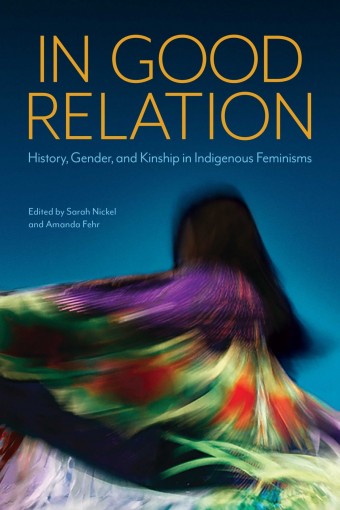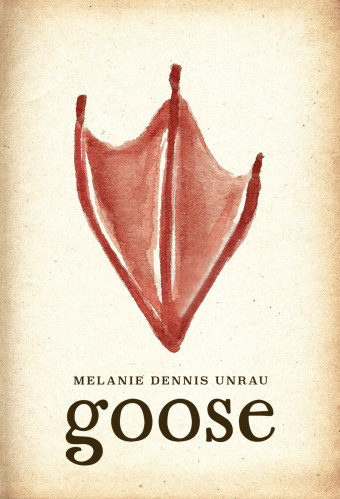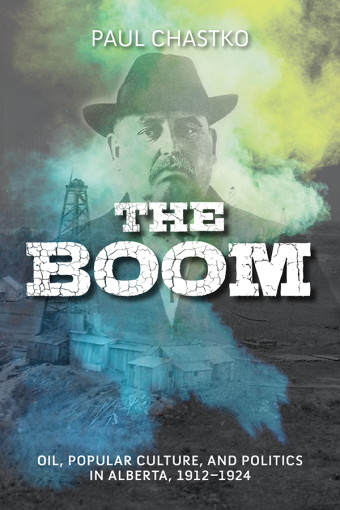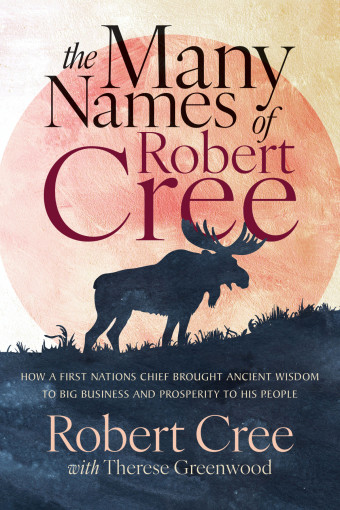The voices of Indigenous women are often not well represented within mainstream feminism, which has historically been white and middle class. However, over the past three decades, Indigenous feminist literature has addressed how Indigenous women are affected by both colonialism and patriarchy.
In Good Relation: History, Gender, and Kinship in Indigenous Feminisms presents a diverse selection of Indigenous feminist voices and critical thought from an emerging generation of artists, activists, and scholars.

- In Good Relation
- Sarah Nickel (Editor), Amanda Fehr (Editor)
- University of Manitoba Press
- $27.95 Paperback, 272 pages
- ISBN: 978-08-87558-51-1
The book is edited by Sarah Nickel, a Tk’emlupsemc assistant professor of Indigenous Studies at the University of Saskatchewan, and Amanda Fehr, a white settler from Saskatoon whose research includes community-engaged oral history work in the predominantly Métis community of Île-à-la-Crosse and with the English River First Nation.
“This project started with a panel at the 2015 meeting of the Canadian Historical Association, where Rob Innes from the Department of Indigenous Studies at the University of Saskatchewan and Jill McConkey from the University of Manitoba Press encouraged us to pursue a volume on Indigenous feminisms,” say the editors. “The process was quite lengthy and our team and contributors have seen some changes over these almost five years.”
It was important to the editors to include a wide range of contributors.
“All along we wanted this to be a broad collection that would bring together folks from diverse backgrounds and ‘communities,’ so we really see our work through conception to publication as a collaborative effort across a number of different considerations,” they say.
“We worked with artists, activists, scholars, community members – with the understanding that these identities and communities are not singular and have porous boundaries.”
In Good Relation is aimed at both readers who are familiar with and those new to the concept of Indigenous feminisms.
“We hope they will value the multiplicity of expression around Indigenous feminisms,” say Nickel and Fehr. “If they are familiar with the concept, we hope they will find something surprising and useful in how our contributors have taken this concept up. If they are new to Indigenous feminisms, we hope they gain a sense of the richness and complexity of these ideas.”
“We hope that it will inspire readers to take part in the conversation – to take up threads of analysis offered by these contributors (or to address gaps that remain) – to build on this body of knowledge.”
The editors note that Indigenous feminist literature has expanded over the last few decades.
“It has grown exponentially, and has been taken up in new and interesting ways,” they say.
“It has been used to inform discussions on identity, politics, art, law, literature, film, and on, and on. It has been challenged as a concept and identity (with some feeling it is not useful or appropriate for Indigenous communities), it has been used to disrupt gender-based and racial hierarchies, and it has appeared in everyday conversation as well as in scholarly works from a range of disciplines. It has proven to be an important and emergent area of research and interest for many individuals.”
That being said, they add, “This book provides just a snapshot of the type of work folks are doing in Indigenous feminisms. In that regard, we hope that it will inspire readers to take part in the conversation – to take up threads of analysis offered by these contributors (or to address gaps that remain) – to build on this body of knowledge.”













